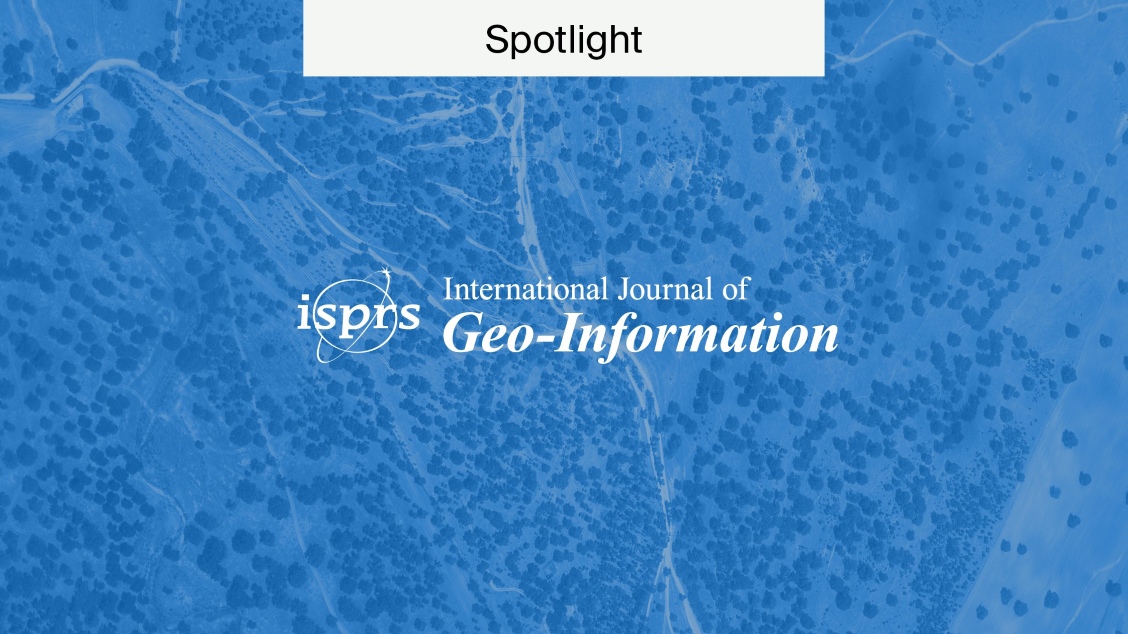
Women’s Health
The area of women’s health encompasses a vast and ever-growing field of research. At roughly half the population of the planet, it is critical that we understand and be able to treat health-related issues for this massive number of people.
But when we talk about women’s health, we are often discussing a vast number of under-studied areas. While women have many of the same health-related issues as men, from cancers to cardiovascular health-related concerns, they occur at different rates. Some issues are more prevalent in women than they are in men, and for other issues the reverse is true.
But, in addition to these issues, there are questions related to the way that science methodologies are designed, and how in some cases they do not take into account the differences between men and women.
In this article, we’ll go over some of the critical areas of research published in MDPI journals, and the impact that they have on women’s health.
Menstrual cycle and women’s health
In a fascinating article about understanding the menstrual cycle in the context of mental health, our own Suhaylah Ingar discusses the ways that hormones change during the menstrual cycle. She notes that while changes in hormone levels can be small and go unnoticed, they occasionally can be quite drastic.
“Research shows how changes in hormone levels across the menstrual cycle may cause changes in the mental state of a woman.”
She also goes into more detail about the ways that the two hormones, progesterone and estrogen, change over the course of the cycle.
Hormone levels and mental health
Because of the ways that hormones can affect the body, they can have a major impact on mental health. Commonly, PMS is a relatively well known occurrence, even though the cause for it not yet well understood. But there are other, lesser known conditions, that are worth researching and understanding. Premenstrual dysphoric disorder (PMDD) is a disorder that can affect about 3–8% of the female population, which is far less understood.
Suhaylah goes into a great deal of detail discussing the disorder as well as its management.
Women’s health in a postnatal context
Birth is as risky and complicated as it is beautiful. As Daniella Maritan-Thompson notes,
Women are put to extremes during pregnancy and delivery. However, it has now been identified that the most dangerous time for mothers is up to 12 months after delivery.
Not only this, but the disparity in healthcare between wealthier and poorer countries has a tremendous effect on care and survival of mothers.
Some of these injuries can have life-changing impacts, and many postnatal maternal deaths are found to be preventable.
Different risks to new mothers
Because of the complications related to childbirth and the massive impact that delivery has on women’s health, there are many potential risks to be aware of.
Some of these, such perineal injury, (a very common occurrence that affects about 90% of first-time mothers) are more common. Perineal injury can result in perineal wound breakdown. This is a less common complication but can result in discomfort and be caused by infection.
Not all risks relate to infection, and some can result in a higher prevalence of maternal anxiety and depressive symptoms. Pregnancy-related lumbopelvic pain is an example of a pregnancy-related stress. It can lead to pain in the lower back and pelvic girdle.
For more information, we encourage further review of the article.
Supporting postmenopausal health
As with many elements of women’s health, menopause and postmenopausal health are under-researched and often misunderstood. There is a great deal of uncertainty about the subject, and worse yet, there is a lot of misinformation.
Jack McKenna goes into great depth on this subject, giving us a clear picture of some what we understand about menopause, as well as health in a post-menopausal context. As he notes,
Because experiences vary so greatly from women to woman, it can be hard to pinpoint whether these symptoms are connected to postmenopause. Moreover, these symptoms interact with other key changes that occur as people age, including decreased physical activity and sun exposure and stressful experiences, such as losing family members.
It is important to make sure that this be viewed on a case-by-case basis. It is also critical that research be done to elucidate more details about this common stage in life.
Women’s health and a postmenopausal life
In this article, Jack goes over a number of different ways to deal with these changes in the body. Importantly, he observes the importance of speaking with a medical professional. Always discuss what options might be best with a doctor.
From there, he provides fascinating information about vitamins, and the way that they can impact bone health or sleep. He also covers the importance of exercise, in particular the way that strength training can help.
Further research on women’s health
There are many MDPI journals that aim to address many of the pressing questions related to women’s health. If you’re interested in publishing research on the topic, we have journals that may interest you. Please see our full list of journals if you are considering submitting your work.










